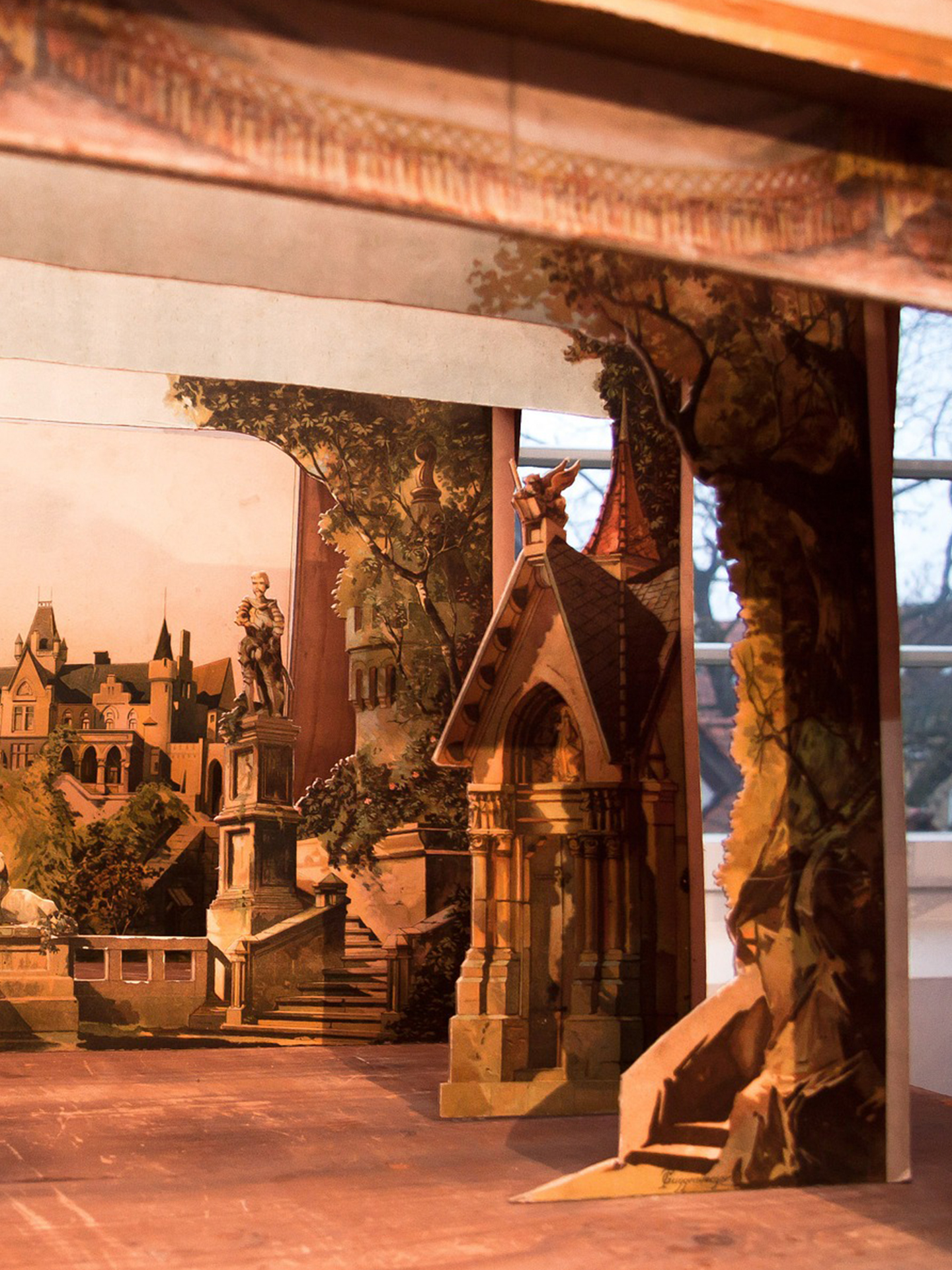
Set Designer





A theatre set should:
All the things appearing on the stage other than the scenery are called stage properties, or props. Set props like furniture, draperies and decorations are the types of things that complete the set and they need to be part of the set design.
The set designer will normally read the script many times, both to get a feel for the flavor and spirit of the script and to list its specific requirements for scenery, furnishings and props. The time of day, location, season, historical period and any set changes called for in the script are noted. The set designer's focus here is on analysing everything that may be needed based on the dialogue in the script. Stage directions will help you to focus ideas but they can be ignored at this point in the process.
Set designers use several tools to communicate their ideas to the director and the other designers. These include:
These visual aids help to ensure that everyone involved in the production understands each other.
Once the show opens, the designer's work is essentially complete.
Some online references:

Top Tip
Don't forget that your design will be influence by a specific practitioner / theatre company or style. So when your reading and researching the script, think about how the specific conventions of your chosen practitioner / theatre company or style can be effectively applied.
For devised or reinterpreted pieces make sure you place these conventions and techniques at the centre of your work.
KEEP THIS IN MIND RIGHT FROM THE START OF YOUR DESIGN PROCESS.
Top Tip
The scale generally used in UK theatre design is:
1:24 – which means that one quarter of an inch equals one foot OR
1:25 (metric) – which means that 25mm equals 1metre